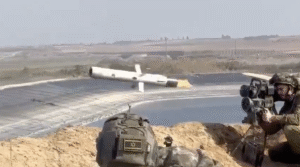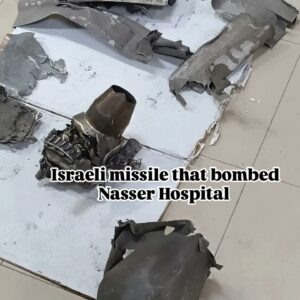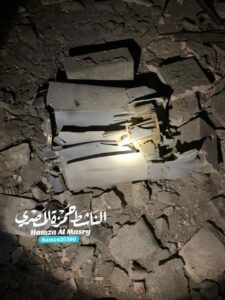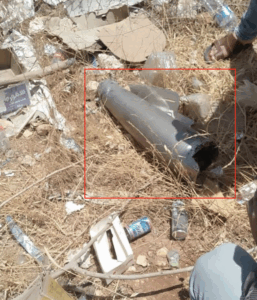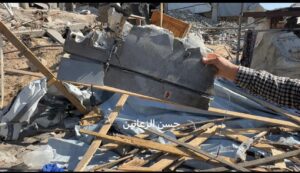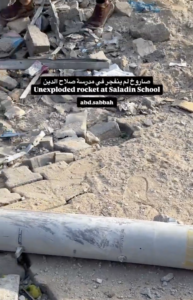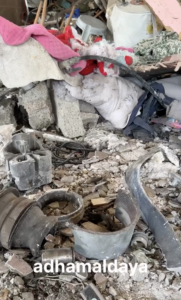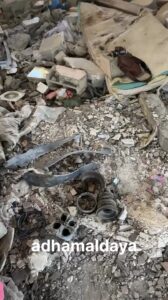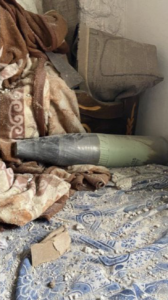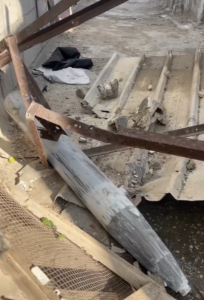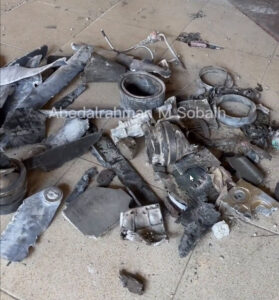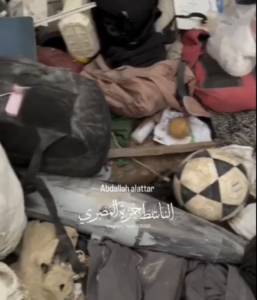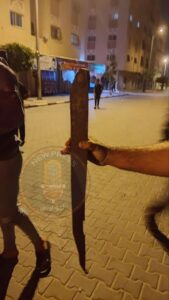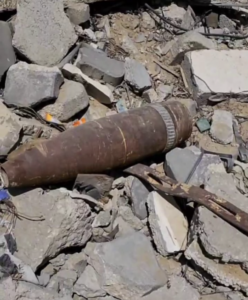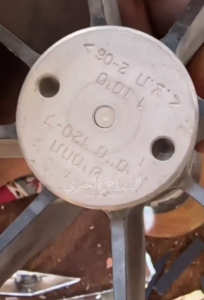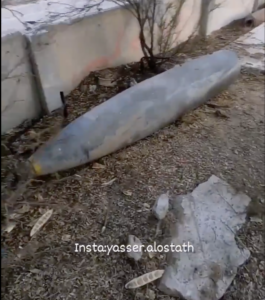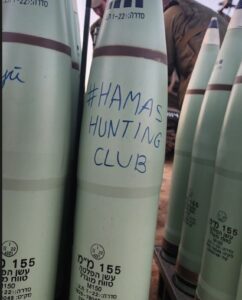OSMP Collection
Israel and Gaza 2023 – 2025
On 7 October 2023, Hamas militants breached the heavily-fortified border separating Israel and the Gaza Strip, attacking numerous towns and villages. More than 1,000 people in Israel were reported killed, with more than 250 taken hostage and moved to Gaza. In response, Israel has launched one of its largest military operations of recent decades, seeking to destroy Hamas and end its control of Gaza.
In late October 2023, Israeli forces invaded Gaza, incurring ground fighting between Palestinian militants and Israeli forces inside the strip. Images from Gaza showed multiple cities- including Gaza City- largely in ruins. By July 2025, more than 60,000 Palestinians in Gaza had been reported killed.
The war is a broadly asymmetric one – with the large and well-armoured Israel Defense Forces facing Hamas and other smaller militant groups. With full aerial superiority over Gaza, the IDF has deployed thousands of airstrikes, including in heavily populated areas. Palestinian militant groups have continued to fire typically unguided rockets and missiles at Israel.


